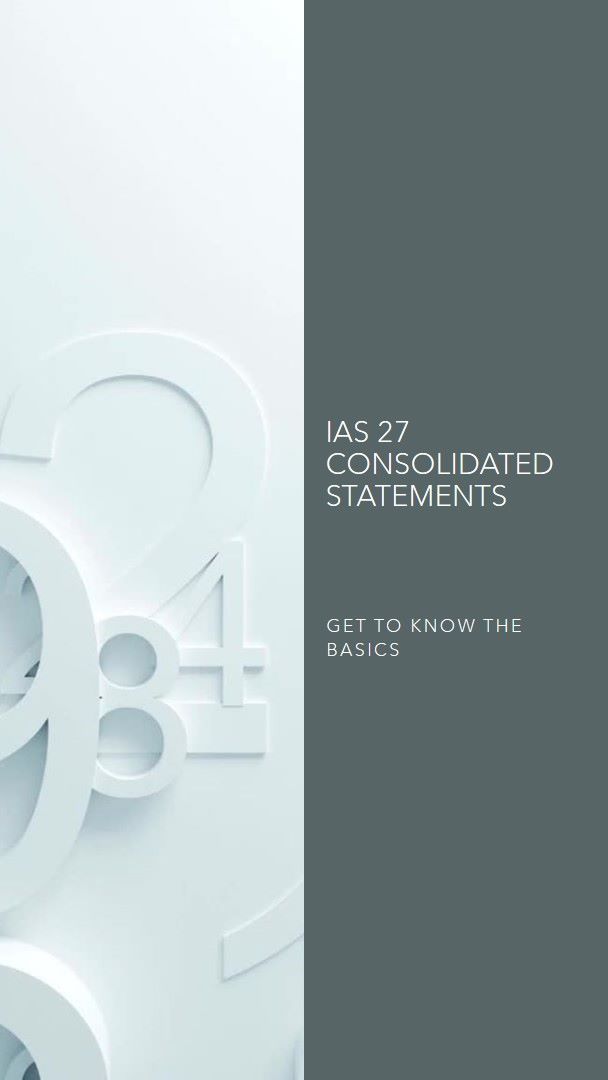IAS 27 provides guidance on the preparation and presentation of separate financial statements for an entity that does not have subsidiaries. Here are some key points to keep in mind when preparing separate financial statements:
- Accounting policies: The entity should select and apply accounting policies consistently with those used in the preparation of its consolidated financial statements or, if the entity does not prepare consolidated financial statements, with those used in the most recent financial statements.
- Presentation of financial statements: Separate financial statements should present a statement of financial position, a statement of profit or loss and other comprehensive income, a statement of changes in equity, and a statement of cash flows.
- Disclosures: Separate financial statements should provide disclosures about the entity’s significant accounting policies, judgments, and estimates, as well as information about related party transactions, contingent liabilities, and events after the reporting period.
Example: Company A is a publicly traded company that does not have any subsidiaries. It prepares separate financial statements for its shareholders in accordance with IAS 27. At the end of the reporting period, the entity’s statement of financial position shows the following:
- Cash and cash equivalents: $500,000
- Trade receivables: $1,000,000
- Inventories: $1,500,000
- Property, plant, and equipment: $5,000,000
- Goodwill: $1,500,000
- Total assets: $9,500,000
- Trade payables: $1,000,000
- Accrued expenses: $500,000
- Total liabilities: $1,500,000
- Share capital: $5,000,000
- Retained earnings: $3,000,000
- Total equity: $8,000,000
- Total liabilities and equity: $9,500,000
In this case, Company A should prepare a statement of profit or loss and other comprehensive income, a statement of changes in equity, and a statement of cash flows in addition to the statement of financial position. The entity should select and apply accounting policies consistently with those used in the preparation of its consolidated financial statements or, if the entity does not prepare consolidated financial statements, with those used in the most recent financial statements. The separate financial statements should also provide disclosures about the entity’s significant accounting policies, judgments, and estimates, as well as information about related party transactions, contingent liabilities, and events after the reporting period.
